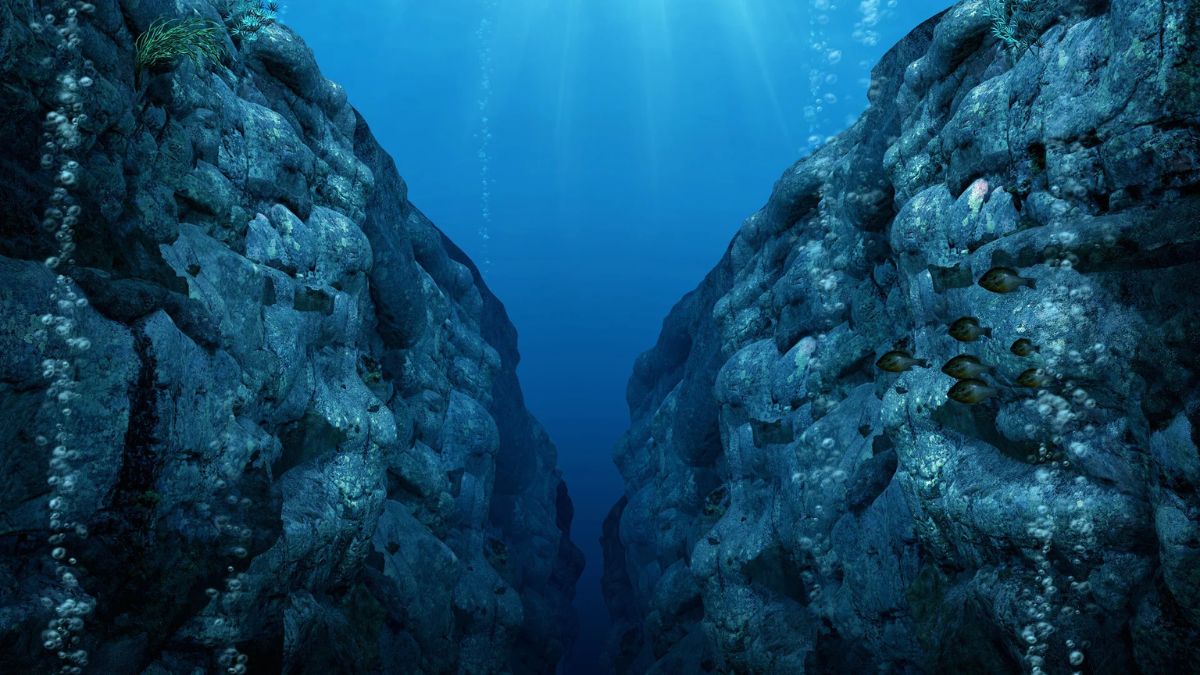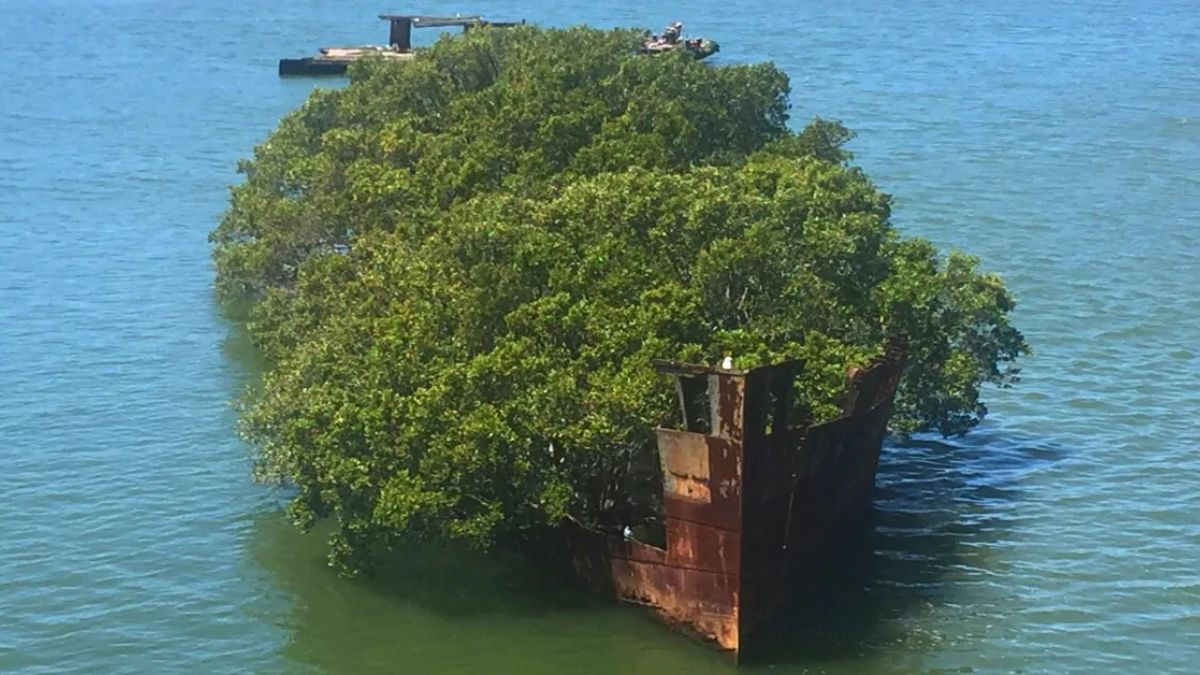These many years, significant economic, political, and logistic barriers have stood in the way of developing the U.S. offshore wind energy sector. With those barriers in place, 2023 saw its cautious beginning of recovery, buoyed by growing commitments at the state and federal levels to position it for incremental growth. Yet, as a young industry, offshore wind has many dimensions to its challenges which are going to require sustained focus if this transformative resource is ever to be tapped.
Recent Development and Resilience of Sectors
In fact, the industry has only just now reached some measurable milestones; it is likely to more than double off the U.S. East Coast by the end of 2024, with several more turbines in the pipeline estimated to be able to provide renewable energy to millions of homes. Greater state pledges to purchase electricity from offshore wind farms mark yet another indication of movement toward increased confidence and investment in the technology. According to Sam Huntington, director at S&P Global Commodity Insights, “We’re past the nadir of the industry’s troubles,” signaling a pivotal moment that could redefine the renewable energy landscape in the U.S. However, while progress is undeniable, systemic and structural issues persist, requiring a balanced and strategic approach to industry expansion. Systemic Barriers that Endure Yet again, despite recent progress, the offshore wind industry has not overcome high capital costs, supply chain bottlenecks, and long regulatory approval processes.
High interest rates inflate these costs, while inadequately developed domestic manufacturing delays the making and delivering of badly needed taurbines, towers, and high-capacity electric cables. Interacting with world competition amplifies these problems, creating U.S. projects at a relative disadvantage compared with their European and Asian counterparts. Political opposition also further clouds the sector’s prospects. Wind energy was frequently maligned by former President Donald Trump as too costly and environmentally destructive, epitomizing cultural resistance that survives him. As he commonly referred to wind turbines, the public skepticism instilled in parts of the country is captured by an “a bird cemetery”. Yet, substantial infrastructure investment to this date suggests the sector has passed the point of possible regression. The steel that’s in the ground, that’s not going to get pulled out,” said White House National Climate Adviser Ali Zaidi, in recognition of how much progress is irreversibly on the books. But ongoing growth, Zaidi added, depends upon extended coordination by federal and state governments to minimize bureaucratic and political uncertainty.
Aspirations versus Realities
The ambitious goal of deploying 30 gigawatts of offshore wind capacity by 2030 from the Biden administration represents huge federal government momentum toward renewable energy expansion. Projects totaling close to about 10 gigawatts of power-to be precise, enough to power an estimated 4 million homes-have been approved thus far, although many analysts doubt the 2030 target, projecting that deployment is on pace to reach only 15 gigawatts unless permitting and manufacturing ramp up significantly. This is a gap between aspiration and practice that illustrates systemic reforms that are required. One critical bottleneck is how underdeveloped the domestic supply chain has remained. Developers currently need to rely on manufacturers of those specialized components in Europe, which causes lengthy lead times and diminishes US influence in global supply chains. As commented by Clint Plummer, Chief Executive Officer of Rise Light & Power: “Few suppliers are serving the US market, and it’s understandable that they would favor more mature European and Asian markets over our developing industry.” This, in turn, reduces dependence on foreign suppliers as domestic fabricating capacity development and onshore production speed up project development.
Leadership at the Regional Level: A Catalyst
The Northeast is fast becoming a hotbed for offshore wind as Massachusetts, New York, and New Jersey push ahead. Energy independence sat atop their state agendas, while offshore wind development represents the strategic policy response to chronic energy shortages. “For many years, there has been no generation being built,” Pedro Azagra Blázquez, CEO of Avangrid, said. “Now they just want to make sure their states have energy.” In so doing, regional leadership catalyzes project development by spurring public-private partnerships and acting as a model for other regions. This strategic advantage is further enhanced for the Northeast by proximity to robust offshore wind resources and high population densities. That cumulated regional effect can be strong enough to force the nation to fully embrace this new technology, solidifying offshore wind as a cornerstone in the U.S. energy portfolio.
Meeting the Long-Term Challenges
The full development requires the change of systemic inefficiencies in the offshore wind industry. Permissions given to enable smoothing, facilitate manufacturing on-shoring, and provide political clarity are crucial in order to expedite development and decrease project risks. Only in recent times, the US Bureau of Ocean Energy Management had announced that it would consider issuing new lease auctions for regions that include the Gulf of Maine and the Pacific Coast. These regions involve the development of floating turbine technology. Floating turbines thus allow the operation of deeper waters, adding an extraordinary new possibility and opening huge areas for energy generation offshore. In any case, protracted timelines will, however, always be required, since projects override that it is persistence that logistic and technical barriers call for. It sends a clear signal that America’s Clean Energy Transition is not some vision from a far-off future; it is a reality unfolding before our very eyes,” said Elizabeth Klein, BOEM’s director. Her assertion summed up the duality of the industry: progress is real, but to get to full opportunity potential, it will take long.
Opportunities for innovation and collaboration
Beyond this, the areas of most promise lie in technological innovation within the sector. Research and development studies should be concentrated on turbine design, energy storage, and integration with the grid. This should be done with joint initiatives across academia, private enterprise, and government agencies to accelerate innovation and build resilience and efficiency in the industry. The value of offshore wind to the economy extends far beyond the electrons produced. If developed right, there are many thousands of highly paid jobs in manufacturing, construction, and maintenance that will be created. To make the economic dividend spread wide and fair, there should be investment in port infrastructure, training programs for workers, and community outreach schemes. The U.S. offshore wind energy sector stands at a pivotal juncture. While recent progress is real, realizing the transformational promise of the industry requires innovation, policy alignment, and collaboration to overcome some real and deep-seated barriers. Meeting these challenges with foresight will allow the US to become a world leader in offshore wind energy—one that generates significant dividends for the environment, economy, and society. It could be a foundational piece of the nation’s clean energy future with continued commitment and corresponding action in support of a substantially more sustainable and resilient energy future for future generations.




